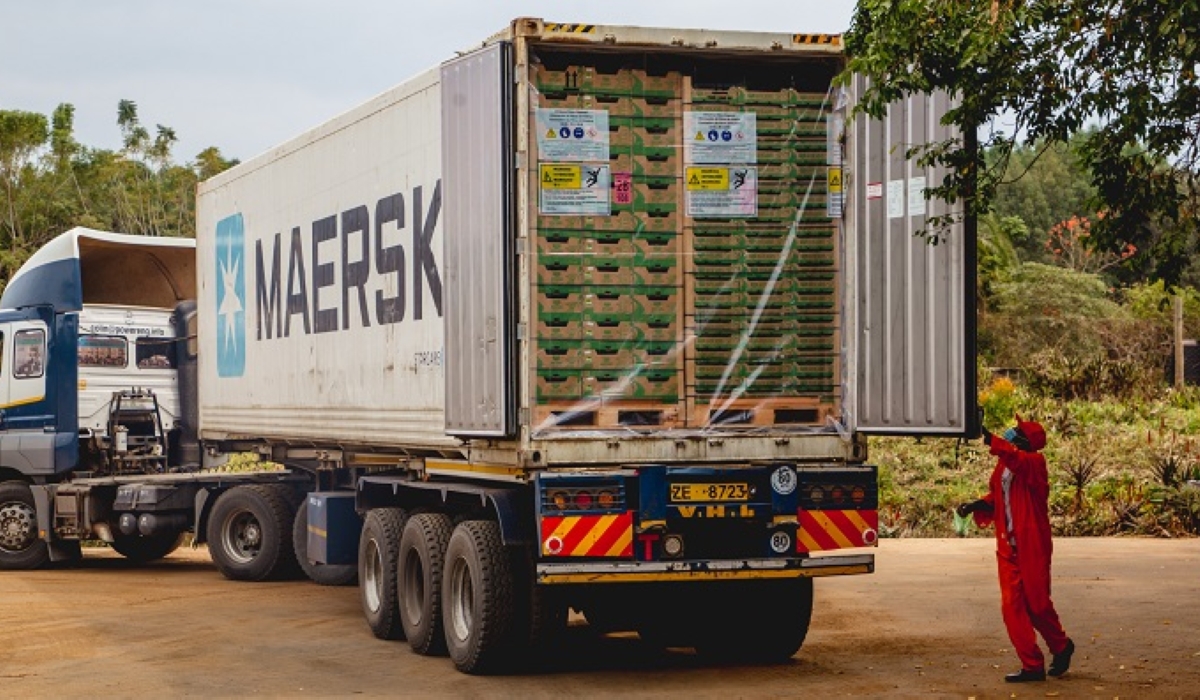
Kenya quickens reforms to increase exports of horticulture
Senior authorities announced on Friday that the Kenyan government and business partners will expedite regulatory and policy reforms, diversification, and value addition in order to increase the amount of horticulture products shipped abroad.
Speaking at a forum in Nairobi, the capital of Kenya, which was attended by donors, policymakers, industry executives, researchers, and farmers’ representatives, the officials emphasized that encouraging horticulture farmers through improved access to capital, capacity building, technology adoption, and reforms in key value chains will increase the competitiveness of fresh produce in global markets.
Paul Kipronoh Ronoh, principal secretary in the Ministry of Agriculture and Livestock Development, stated that Kenya’s export of fresh horticultural products, including fruits, vegetables, and flowers, generated 156 billion shillings (roughly 1.2 billion US dollars) in 2023, increasing foreign exchange reserves and creating jobs.
According to Ronoh, in order to boost the amount of fresh product transported overseas, the government would assist smallholder farmers in obtaining loans, high-quality seeds and fertilizer, market knowledge, and the capacity to adhere to phytosanitary regulations.
To increase the export of cut flowers, avocados, and French beans, the government and private sector partners will make use of research, innovations, and global best practices, according to Christine Chesaro, acting director of the Horticultural Crops Directorate.
According to Chesaro, the government has also made updating transportation and storage facilities, enhancing governance, and enacting flexible rules a top priority in order to boost the volume of fresh produce exported.
According to Lusike Wasilwa, director of agricultural systems at the Kenya Agriculture and Livestock Research Organization, using artificial intelligence could provide long-term answers to problems in the horticulture industry, such as inadequate mechanization, post-harvest losses, and climate stressors.
All Categories
Recent Posts
Tags
+13162306000
zoneyetu@yahoo.com



